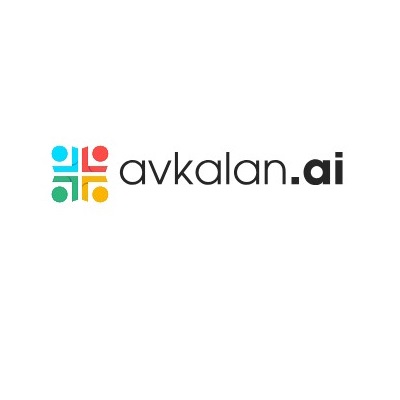Migrating from Tableau to Power BI is more than a technical shift—it’s a strategic transformation that requires strong leadership. For project managers, success hinges on detailed planning, proactive risk management, and continuous stakeholder engagement. Here’s a practical roadmap to help you oversee a seamless Tableau to Power BI migration.
1. Define the Why and Scope
Before diving into timelines and tools, ensure the business case is clear. Why is your organization migrating? Common drivers include cost efficiency, better integration with Microsoft products, or the need for enterprise-scale analytics. Define the migration scope—are you moving all dashboards or prioritizing high-impact reports?
Establishing goals early on helps avoid scope creep and sets measurable benchmarks for success.
2. Assemble a Cross-Functional Team
A successful Tableau to Power BI migration involves collaboration across departments. Engage BI developers, data engineers, analysts, IT, and business users. Assign clear roles and identify a Power BI champion—someone who understands the new environment and can guide others.
Also, consider partnering with specialists or using automated tools like Pulse Convert by OfficeSolution, which streamlines the conversion process by mapping Tableau visuals and logic to Power BI with high accuracy.
3. Audit and Prioritize Existing Assets
Not all Tableau dashboards are created equal. Some may be outdated, redundant, or underutilized. Conduct a full audit to identify which assets to migrate, revise, or retire. Use this step to clean up technical debt and ensure only relevant, high-value dashboards are included in the transition plan.
4. Plan for Data Model and DAX Differences
Power BI’s architecture—especially its DAX engine—differs significantly from Tableau’s calculated fields and data blending. Plan extra time for data model redesigns and DAX query optimization. Factor in training sessions for your technical team to upskill in Power BI’s language and logic.
A tool like Pulse Convert can also assist with converting Tableau calculations to equivalent DAX expressions, reducing manual rework.
5. Establish a Phased Rollout
Avoid the temptation to migrate everything at once. Use a phased approach, starting with a pilot project or department. This allows for real-time feedback, risk mitigation, and process refinement. Each phase should include testing, stakeholder review, and documentation.
6. Focus on Change Management
Even the best technical execution can fail without user adoption. Communicate openly with stakeholders, offer training programs, and create onboarding guides. Leverage Power BI’s modern UI and integration with Microsoft Teams and Excel to win over hesitant users.
7. Monitor, Optimize, and Support
Post-migration, track performance, usage, and satisfaction. Identify areas where additional optimization is needed—especially for slow dashboards or complex data models. Set up a helpdesk or champion network to support end-users and collect feedback.
Final Thoughts
With the right roadmap, a Tableau to Power BI migration can unlock new capabilities and reduce analytics costs. As a project manager, your role is to align strategy with execution, ensuring the transition is smooth, scalable, and centered around business needs.
For a faster, smarter migration, explore Pulse Convert by OfficeSolution at
👉 https://tableautopowerbimigration.com/


